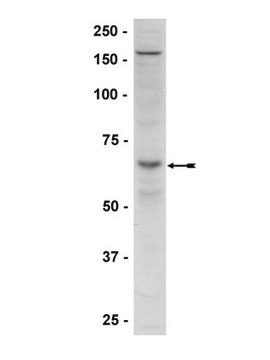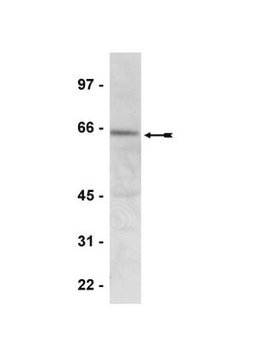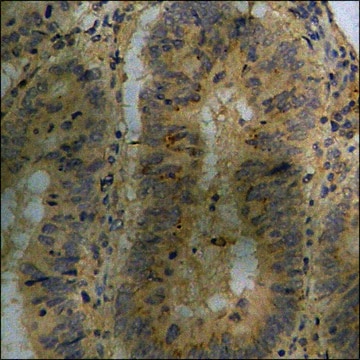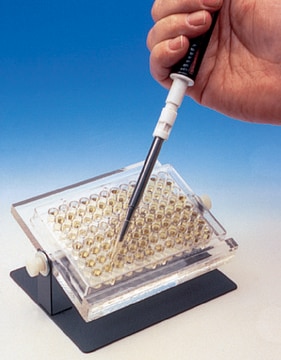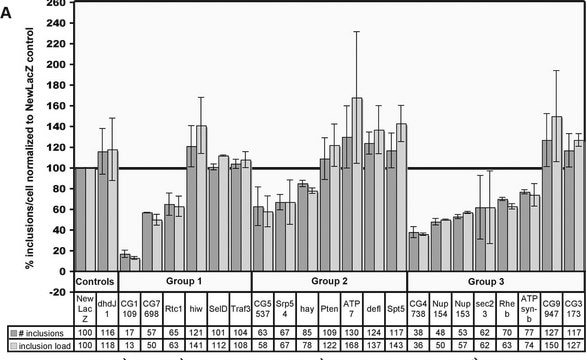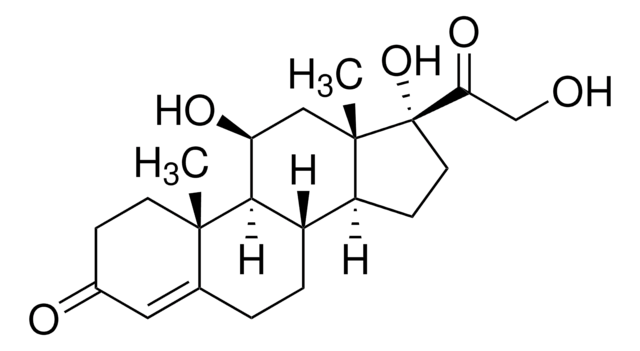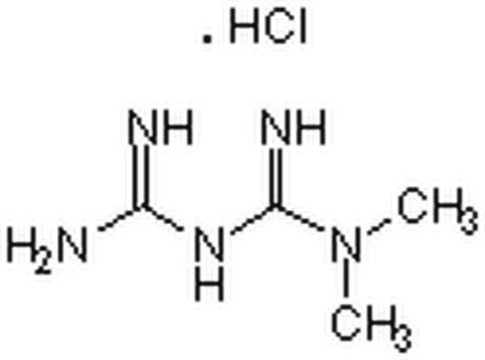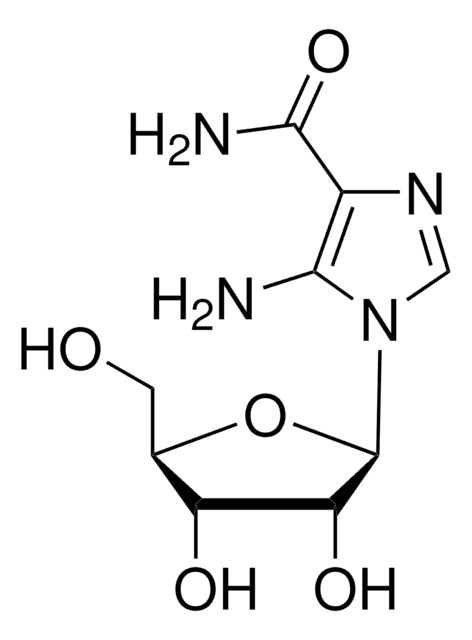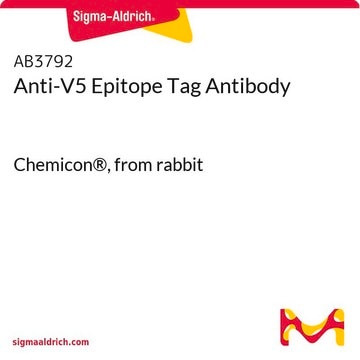ABS981
Anti-phospho-AMPK alpha-1 Antibody, (Thr479)
from rabbit, purified by affinity chromatography
Synonym(s):
5′-AMP-activated protein kinase catalytic subunit alpha-1, Thr479-phosphorylated, ACACA kinase, Thr479-phosphorylated, Acetyl-CoA carboxylase kinase, Thr479-phosphorylated, AMPK subunit alpha-1, Thr479-phosphorylated, AMPKa1, Thr479-phosphorylated, HMGCR
About This Item
Recommended Products
biological source
rabbit
Quality Level
antibody form
affinity isolated antibody
antibody product type
primary antibodies
clone
polyclonal
purified by
affinity chromatography
species reactivity
human
species reactivity (predicted by homology)
bovine (based on 100% sequence homology), rat (based on 100% sequence homology), porcine (based on 100% sequence homology), horse (based on 100% sequence homology), mouse (based on 100% sequence homology)
technique(s)
dot blot: suitable
western blot: suitable
GenBank accession no.
UniProt accession no.
shipped in
ambient
target post-translational modification
phosphorylation (pThr479)
Gene Information
human ... PRKAA1(5562)
General description
Specificity
Immunogen
Application
Signaling
Western Blotting Analysis: A 1:1000 dilution from a representative lot detected GSK3beta-catalyzed phosphorylation of E. coli expressed, catalytically inactive AMPK alpha-1 recombinant protein (Courtesy of Bruce Kemp, Ph.D., St. Vincent′s Institute of Medical Research in Melbourne).
Quality
Dot Blot Analysis: A 1:1,000 dilution of this antibody detected 20-0.156 ng of immunogen peptide, but not the corresponding non-phosphorylated peptide.
Target description
Physical form
Storage and Stability
Other Notes
Legal Information
Disclaimer
Not finding the right product?
Try our Product Selector Tool.
wgk_germany
WGK 1
flash_point_f
Not applicable
flash_point_c
Not applicable
Certificates of Analysis (COA)
Search for Certificates of Analysis (COA) by entering the products Lot/Batch Number. Lot and Batch Numbers can be found on a product’s label following the words ‘Lot’ or ‘Batch’.
Already Own This Product?
Find documentation for the products that you have recently purchased in the Document Library.
Our team of scientists has experience in all areas of research including Life Science, Material Science, Chemical Synthesis, Chromatography, Analytical and many others.
Contact Technical Service